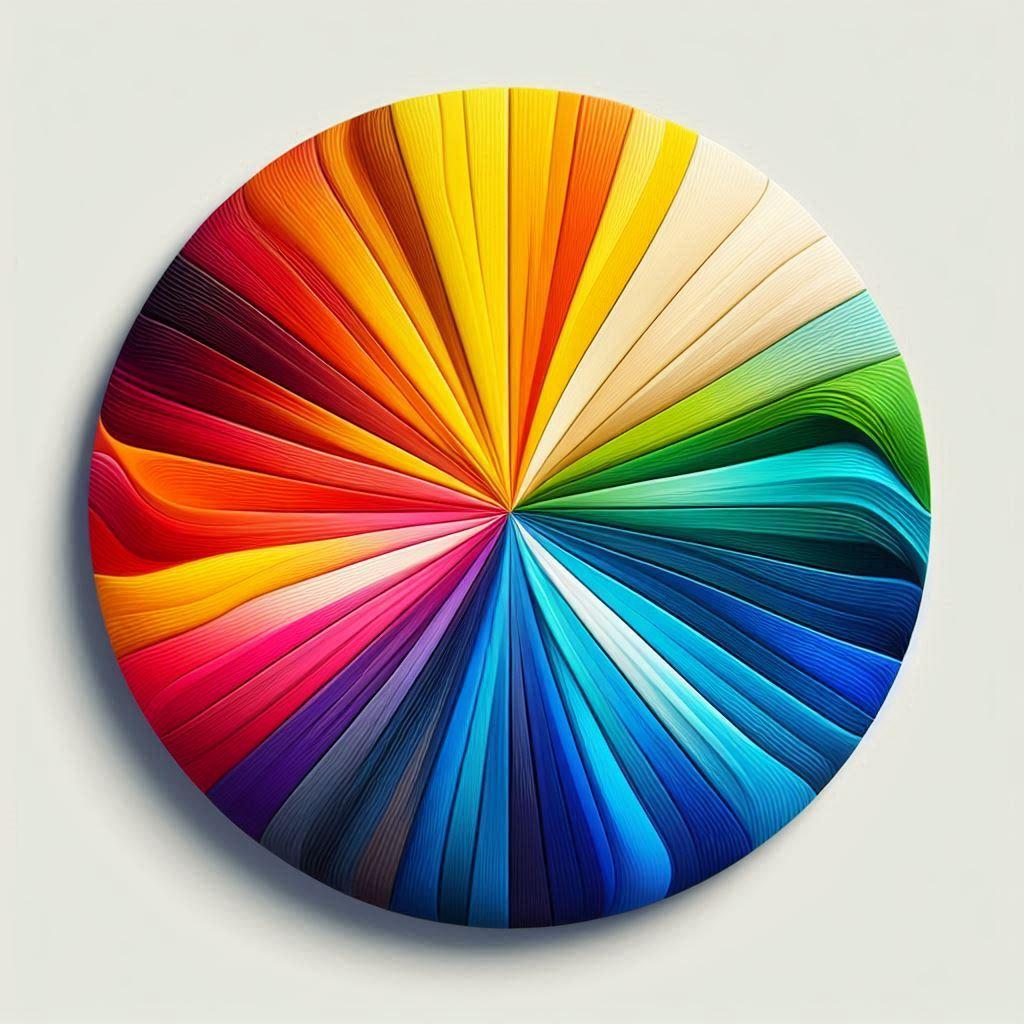Learn how to choose the perfect color scheme for your website! Discover tips for color psychology, audience preferences, and tools to make your site pop. Perfect for beginners! A great color scheme not only makes your website look good but also helps it connect with your audience. After all, your website’s colors are like its first handshake with visitors—they set the tone and invite people in.
Let’s dive into some simple, friendly tips to help you choose colors that make your website pop and resonate with your audience.
Why Your Website’s Colors Matter
Think of colors as the “vibe” of your website. Whether you’re running a professional business page, a fun personal blog, or an e-commerce store, your color choices create the mood. They can subtly (or not-so-subtly) tell people, “Hey, stick around!”
What Colors Say About Your Website
- Blue: Trust, calmness, and professionalism. Great for businesses or tech sites.
- Red: Passion, energy, and excitement. Perfect for bold brands.
- Yellow: Happiness and optimism. Fantastic for lighthearted or creative ventures.
- Green: Nature, health, and growth. Ideal for eco-friendly or wellness websites.
- Purple: Luxury, creativity, and wisdom. A favorite for artistic brands.
Step 1: Think About Your Website’s Content
To start, consider the core theme of your website. For instance, if you’re creating a blog centered around mindfulness, soothing colors like gentle blues or calming greens can evoke a sense of tranquility and peace, perfectly complementing the content. On the other hand, if your goal is to establish a website for a fashion brand, opting for striking colors such as deep blacks paired with lustrous golds can convey a luxurious and sophisticated atmosphere, appealing to an audience that values high-end aesthetics.
Step 2: Know Your Audience
Who are you aiming to impress? It’s fascinating how various groups react differently to specific colors. Each shade carries its own unique significance and evokes distinct emotions, influencing perceptions and interactions in diverse ways. Here’s the cheat sheet.
- Young Adults: Bright, bold colors like orange or teal.
- Women: Soft tones like lavender or pink, depending on the subject.
- Professional Crowds: Neutral colors like gray, navy, or white.
Make your audience feel at home the second they land on your page.
Step 3: Use Color Psychology to Your Advantage
Colors hold significant power beyond their visual appeal; they evoke a wide range of emotions and influence people’s moods and perceptions. Each color carries its own unique symbolism and psychological effects, impacting how we experience the world around us. For instance, warm colors like red and orange can create feelings of excitement and warmth, while cooler shades like blue and green tend to evoke calmness and tranquility. Understanding the emotional resonance of different colors allows us to harness their potential to connect with others and enhance various environments, making color selection a crucial aspect of design and communication. Here’s how to use them wisely.
- Blue: Build trust. (Perfect for banks, tech, or healthcare.)
- Orange: Inspire action. (Think “Buy Now!” buttons.)
- Green: Promote balance or eco-friendliness.
- Red: Add urgency or excitement.
Pro tip: Stick to 2-3 main colors. Too many can feel chaotic and confuse your visitors.

Step 4: The Color Wheel is Your Friend
Are you feeling creatively blocked? Allow me to introduce you to the color wheel—a vibrant and dynamic tool that serves as your ultimate guide for blending and coordinating colors. Think of it as a comprehensive recipe book, filled with essential combinations and harmonious palettes to inspire your artistic endeavors. Use it to find.
- Complementary Colors: Opposites on the wheel (e.g., blue and orange) for bold contrast.
- Analogous Colors: Neighbors on the wheel (e.g., blue and green) for a harmonious look.
- Triadic Colors: Evenly spaced colors (e.g., red, yellow, and blue) for playful variety.
Step 5: Test Before You Commit
Choosing a color for your project requires more than a simple selection; it’s essential to test the color first. Utilizing tools such as color pickers and website mockups can help you experiment with various color combinations and see how they interact with one another. This process is akin to trying on clothes before making a purchase, ensuring that the colors you choose work well together and create the desired effect.
Step 6: Keep It Consistent
After selecting your color palette, it’s beneficial to consistently apply it throughout your site. A cohesive color scheme enhances the overall appearance, giving your site a polished and professional look. Use the same colors for:
- Backgrounds
- Buttons
- Headings
- Links
It’s like having a matching outfit for your website—it just works.
Inspiration for Specific Websites
Need ideas? Here are some tried-and-true color combos for different website types:
- Business Websites: Neutral tones (gray, white, light blue) for a professional vibe.
- E-commerce Stores: Bold accents (red, yellow, orange) to grab attention.
- Personal Blogs: Anything that reflects your personality! Love green? Go for it.
- Creative Portfolios: Artsy palettes like purple and gold for a stylish touch.
Top WordPress Themes to Match Your Style
While colors alone can have an impact, combining them with a well-defined theme truly enhances their effect, creating a captivating and magical atmosphere. The right theme can elevate the way colors are perceived, bringing out their best qualities and making the overall presentation unforgettable. Check out these WordPress themes to start strong.
- Avada: Super versatile with endless customization.
- Divi: User-friendly with drag-and-drop features.
- OceanWP: Affordable and flexible for beginners.
- The7: Trendy designs for creatives.
- Beaver Builder: Perfect for fast, high-performing sites.
Each of these themes works with different color schemes, so you’re covered no matter what you choose.
Don’t Forget to Experiment!
Your website is a reflection of your brand, so take the opportunity to experiment with it. Consider using bold colors and experimenting with different hues to express your creativity. The key is to choose colors that resonate with you and strengthen your brand identity, making it truly memorable.
Ready to get started? Check out Wealthy Affiliate for tools, training, and a community to help you turn your website dreams into reality.
Martin


Thanks for this wonderful article on colors! It reminded me of the course I gave my students two months ago. I personally chose white and pink for my website, as I deal with beauty. It’s in my content, my logo, and my layout. I want to project an image of soft femininity, beauty, grace, and class. Thanks for this magistral lesson of marketing!
You’re welcome! I’m glad you found the article helpful. White and pink are definitely great colors to use for a beauty website. They’re both associated with femininity, beauty, and grace. I think you’ve made a great choice.
Thank you for your kind words.
Your point of view caught my eye and was very interesting. Thanks. I have a question for you. https://accounts.binance.com/bn/register-person?ref=UM6SMJM3
Thanks for stopping by!